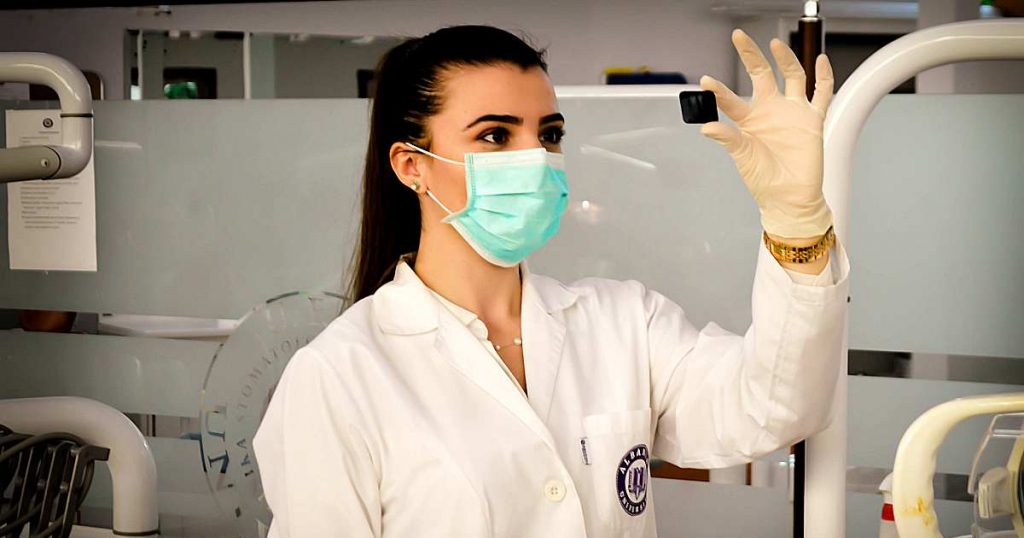A new study finds that wearing a mask greatly reduces the size of your cough cloud, and that cough clouds start to disperse after 5 – 8 seconds.
How big is the “cough cloud” of that guy wheezing in the supermarket aisle, or in the elevator?
A study published today in the journal Physics of Fluids shows that the answer very much depends on whether or not the cougher is wearing a mask.
And what kind of mask.
The researchers found that the cough cloud of a person not wearing any mask at all is about 7 times larger than the cough cloud of someone wearing a typical surgical mask.
And his cough cloud is 23 times larger than that of a person wearing an N95 mask.
🔥 Ready to meet your Twin Flame?
Do you know what your Twin Flame soulmate looks like? 💓
Master Wang is a "psychic artist" and a master of astrology; he's famous in China for being able to draw anyone's soulmate.
Thousands of people have found love thanks to Master Wang's gift.
Don't delay! Yes, I want my Twin Flame soulmate drawing!
“The presence of a mask drastically reduces this volume and, consequently, significantly cuts down the risk of the infection to the other persons present in the room,” the authors write.
Fewer respiratory droplets when wearing a mask
With the coronavirus affecting more people every day, researchers have increasingly focused on airborne respiratory droplets.
And more specifically, how those droplets travel in the air after an infected person coughs.
Previous studies have studied the properties of air at the mouth, such as volume, temperature, droplet distribution, and humidity.
But much less is known about how these properties change as the cough cloud travels.
“We estimate this volume of the air, which may help to design ventilation of closed spaces and consequently reduce the spread of the disease,” said co-author Amit Agrawal.
Agrawal and his co-author Rajneesh Bhardwaj are based at the Indian Institute of Technology, Bombay.
Cough cloud starts to disperse after 5 – 8 seconds
They found that the first 5 to 8 seconds after coughing matter the most.
After that time, the cough cloud typically starts to disperse.
“We found that anything that reduces the distance traveled by the cloud, such as a mask, handkerchief, or coughing into an elbow, should greatly reduce the region over which the droplets disperse upon coughing and therefore the chances of infection,” said co-author Rajneesh Bhardwaj.
Interestingly, the researchers found how hard a person coughs, which impacts the initial velocity and volume of coughing, does not affect the volume in the cough cloud when the person is not wearing a mask.
Don’t miss out on this unique astrological opportunity!
Are you tired of spinning your wheels and getting nowhere? Well, there’s a reason you can’t get to where you want to go.
Simply put, you’re out of sync: you're out of alignment with your astral configuration.
But: there’s a kind of map that can help you find your alignment. Think of it as your own personal blueprint to success and happiness: a personal blueprint that will help you live your most amazing life. Find out more here!
This research will be helpful in determining the maximum number of people that can be accommodated in a hospital ward.
It will also help determine the minimum rate at which air needs to be circulated to maintain freshness.
This too will reduce the chance of infection.
This applies to rooms, elevators, cinemas, cars, airplanes, restaurants, and elsewhere.
Study: “Reducing chances of COVID-19 infection by a cough cloud in a closed space“
Authors: Amit Agrawal and Rajneesh Bhardwaj
Published in: Physics of Fluids
Publication date: Oct. 20, 2020
DOI: 10.1063/5.0029186
Photo: by Ani Kolleshi via Unsplash

